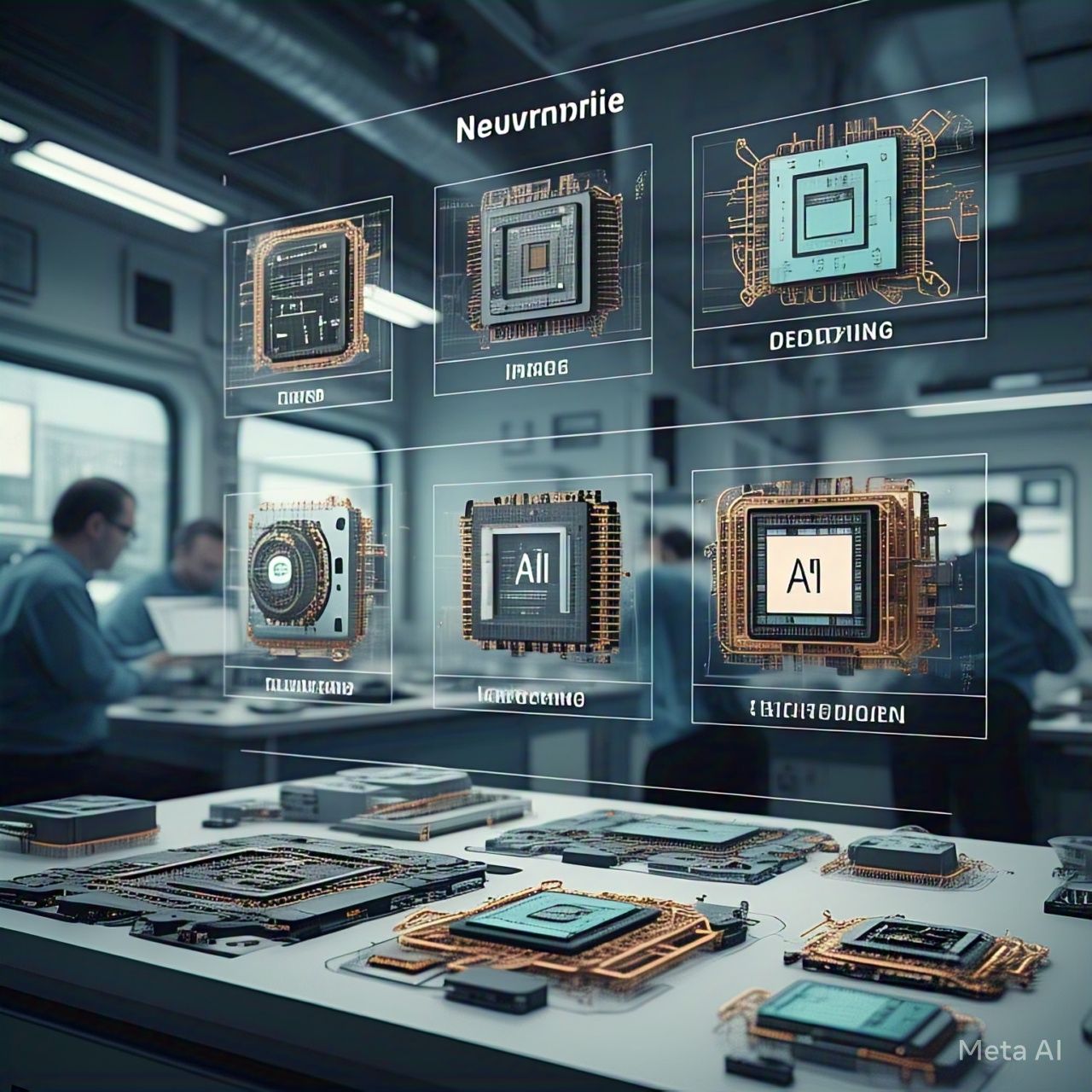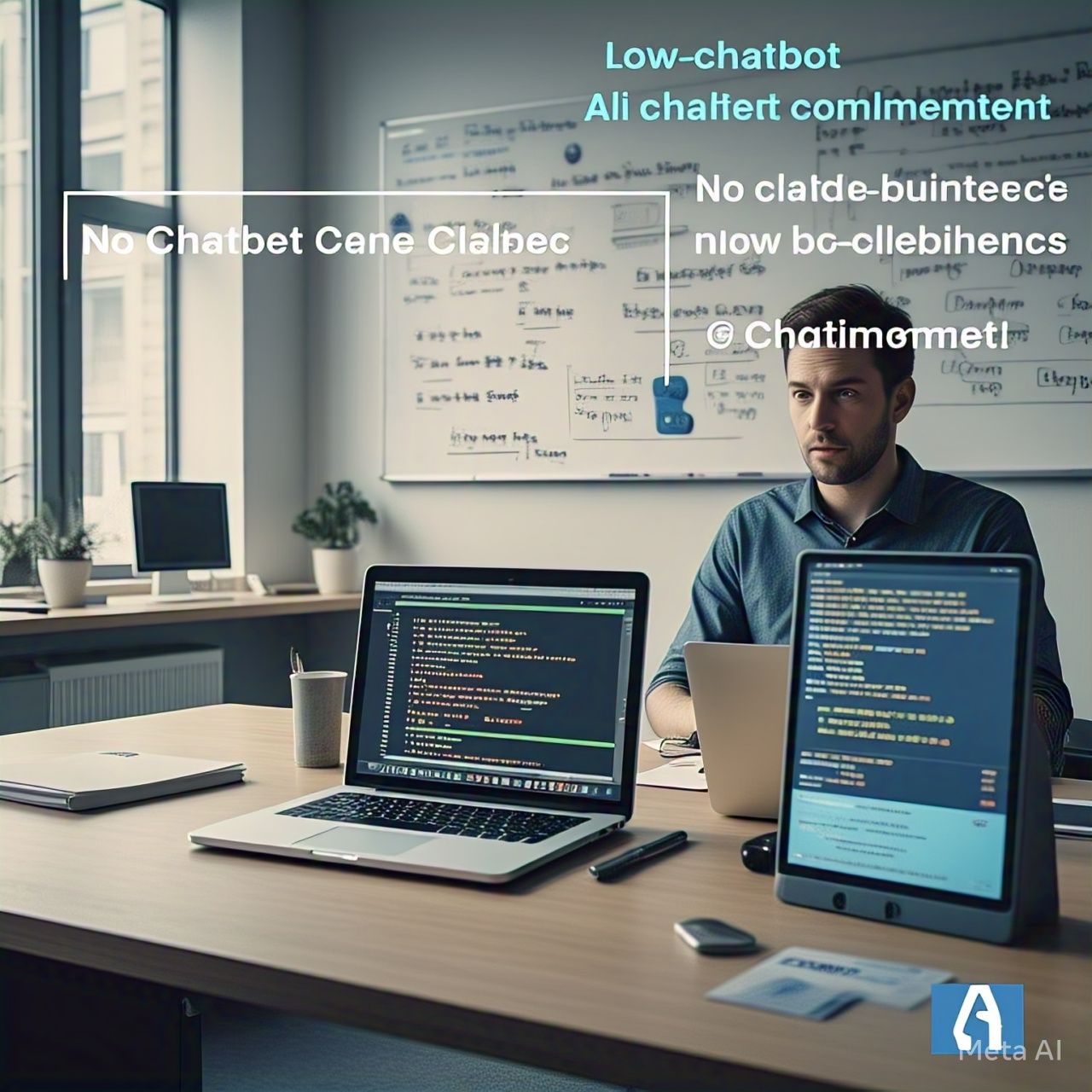Table of Contents
- Introduction
- What Are Neuromorphic AI Chips?
- The Evolution of Neuromorphic Computing
- How Neuromorphic Chips Mimic the Human Brain
- Key Technologies Behind Neuromorphic AI
- Advantages Over Traditional AI Hardware
- Challenges in Neuromorphic Computing
- Real-World Applications
- The Future of Neuromorphic AI
- Ethical and Societal Implications
- Conclusion
- FAQs
1. Introduction
The pursuit of human-like intelligence in machines has driven AI research for decades. While traditional AI architectures have achieved remarkable progress, they remain energy-intensive and computationally inefficient. Neuromorphic AI chips, inspired by the structure and function of the human brain, aim to bridge this gap by enabling adaptive, efficient, and low-power computing.
This article explores the journey from biological cognition to silicon-based neuromorphic processors, highlighting their evolution, benefits, challenges, and future potential.
2. What Are Neuromorphic AI Chips?
Neuromorphic AI chips are specialized processors designed to replicate neural networks found in the human brain. They differ from traditional CPUs and GPUs by using spiking neural networks (SNNs) to process information more like biological neurons.
Key Features:
- Event-driven processing: Unlike traditional chips that process data continuously, neuromorphic chips activate only when necessary.
- Low-power consumption: Uses significantly less energy than conventional AI hardware.
- Self-learning capability: Adapt over time without requiring constant retraining.
3. The Evolution of Neuromorphic Computing
3.1 Early Beginnings
The concept of neuromorphic computing emerged in the 1980s, introduced by Carver Mead, a pioneer in VLSI (Very-Large-Scale Integration) systems.
3.2 Key Milestones
| Year | Development | Impact on AI Evolution |
|---|---|---|
| 1989 | First neuromorphic computing concept | Laid foundation for brain-like AI |
| 2011 | IBM’s TrueNorth chip | First large-scale neuromorphic chip |
| 2014 | Intel’s Loihi processor | Enabled real-time adaptive learning |
| 2020 | SpiNNaker 2 by University of Manchester | Advanced brain-inspired computing |
3.3 Modern Advancements
- Integration of memristors for synaptic learning
- Hybrid neuromorphic-quantum systems for advanced AI applications
- Scalable architectures to enhance AI decision-making
4. How Neuromorphic Chips Mimic the Human Brain
4.1 Spiking Neural Networks (SNNs)
SNNs replicate biological neuron behavior by firing spikes only when needed, reducing power usage.
4.2 Synaptic Plasticity
Neuromorphic chips adapt and rewire their synaptic connections, similar to how humans learn through experience.
4.3 Parallel Processing
Unlike traditional AI models, neuromorphic chips process multiple tasks simultaneously, much like a human brain.
5. Key Technologies Behind Neuromorphic AI
5.1 Memristors
Memristors enable real-time synaptic adaptation, allowing neuromorphic chips to learn and evolve.
5.2 Analog Computing
Instead of relying on binary (0s and 1s), neuromorphic chips process gradual signal changes, improving efficiency.
5.3 Low-Power Circuitry
Advanced materials, such as superconductors and graphene, are being explored to improve neuromorphic chip efficiency.
6. Advantages Over Traditional AI Hardware
| Feature | Traditional AI (GPUs/CPUs) | Neuromorphic AI Chips |
| Energy Efficiency | High power consumption | Ultra-low power |
| Processing Model | Sequential/Parallel | Fully Parallel |
| Learning Adaptation | Requires retraining | Self-adapting in real time |
| Data Processing | Fixed & predefined | Event-driven & dynamic |
7. Challenges in Neuromorphic Computing
7.1 Manufacturing Complexity
Neuromorphic chips require new fabrication methods, making large-scale production challenging.
7.2 Software Optimization
Current AI software is not optimized for neuromorphic computing, necessitating new learning algorithms.
7.3 Limited Commercial Adoption
Despite breakthroughs, neuromorphic AI is still in its early adoption phase.
8. Real-World Applications
8.1 Robotics
Neuromorphic AI chips allow robots to learn from experience, improving their autonomy and adaptability.
8.2 Healthcare Diagnostics
Real-time pattern recognition in brain scans, cancer detection, and genetic analysis is becoming possible.
8.3 Autonomous Vehicles
Adaptive AI enhances self-driving cars, improving reaction times and safety.
9. The Future of Neuromorphic AI
9.1 Brain-Computer Interfaces (BCIs)
Neuromorphic AI may power direct brain-machine communication, opening doors for AI-assisted cognition.
9.2 Quantum-Neuromorphic Synergy
Combining quantum computing with neuromorphic chips could revolutionize AI decision-making and problem-solving.
9.3 Scalable AI Infrastructure
Neuromorphic AI may soon integrate into everyday consumer technology, improving efficiency in smartphones, IoT, and wearable devices.
10. Ethical and Societal Implications
10.1 AI Consciousness Debate
Could neuromorphic AI lead to sentient machines? Ethical concerns regarding AI rights and responsibilities are emerging.
10.2 Data Privacy
Neuromorphic AI’s ability to process real-time personal data raises concerns about data security.
10.3 Workforce Disruption
As AI advances, industries will need to adapt to automation-driven job shifts.
11. Conclusion
Neuromorphic AI chips are pioneering a new era in computing, offering efficiency, adaptability, and intelligence beyond traditional hardware. While challenges remain, their potential to redefine AI, robotics, and human-machine interaction is undeniable.
As research progresses, neuromorphic AI will likely become a cornerstone of intelligent computing, bringing us closer to machines that truly think and learn like humans.
12. FAQs
1. What makes neuromorphic AI different from traditional AI?
Neuromorphic AI mimics the brain, using adaptive, low-power computing, unlike traditional AI which relies on brute-force processing.
2. Are neuromorphic chips better than GPUs for AI?
For certain tasks like real-time learning, neuromorphic chips outperform GPUs, but they are not yet optimized for all AI applications.
3. When will neuromorphic chips be widely available?
Major tech firms like Intel and IBM predict commercial neuromorphic chips within the next decade.
4. Can neuromorphic AI become self-aware?
While neuromorphic AI can adapt and learn, true self-awareness remains a theoretical concept.
5. Will neuromorphic AI replace traditional AI?
No, it will likely coexist with traditional AI, improving energy efficiency and adaptive learning.




